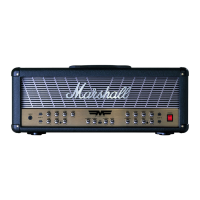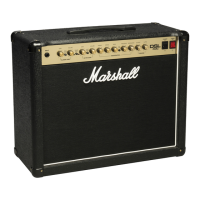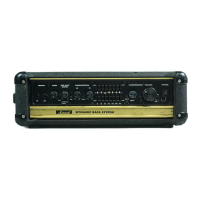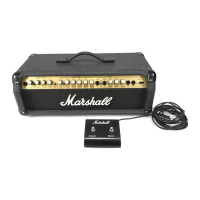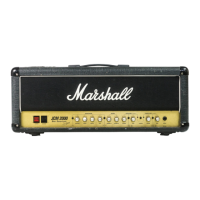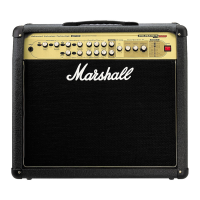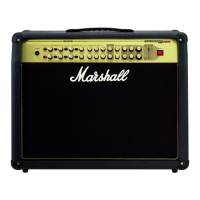Introduction
The 30th Anniversary Amplifier is the most comprehensive valve amp ever built by Marshall. It’s three
separate channels each drive directly into the power amplifier, the same way as in early Marshalls, to
provide the maximum amount of natural warmth from the valve powered core.
Every feature has been carefully considered to give you the greatest flexibility and a range of sounds
unsurpassed in any valve amplifier. It is well worth getting to know these features as thoroughly as possible
as many of the functions are interactive and even minor alterations can have a dramatic effect on the
overall sound. The most exciting part of owning a new amplifier is exploring it’s possibilities - so take plenty
of time and learn to fully enjoy this work of Marshall art - you won’t be disappointed.
Input Section
1. Input jack socket For connection from the guitar.
2. High Compensation Switch
Reduces the high end “scratch” from single coil pick-ups.
3. Low Compensation Switch Reduces unwanted low end “rumble” from high
powered pick-ups and tightens the bottom end of the
sound.
Operational Note A: input Compensation
The sound will vary from guitar to guitar. Try all combinations to find which best suits your style and tone.
Channel 1 Clean
The most versatile clean Marshall channel yet produced. Every
conceivable Marshall clean sound, from rich and mellow through to
the “glassiest” JTM 45 and the fullest warm Super Lead can be
found. The bright switch gives you extra top end and bite for
ringing full chords or bell-like picking. Adding the mid-shift
changes the character to give you hard clean edge for crisp picking
and chord work.
4. Volume Control Volume level control for Channel 1 only.
5. Bright Switch Adds top end sparkle and “glassiness” to the sound.
6. Mid Shift Push Switch Changes the character of the mid-band by moving the
frequency downwards. When selected this gives an
excellent percussive picking sound ideal for country
playing.
7-9. Treble, Middle, Bass Three band EQ for tonal variation and control. The
controls inter-act and dramatic changes can be
achieved by experimentation.
2
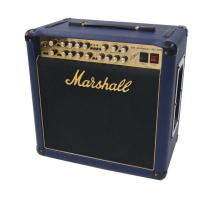
